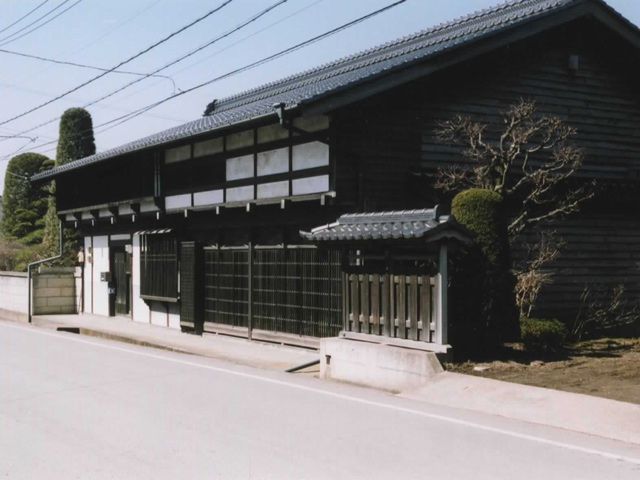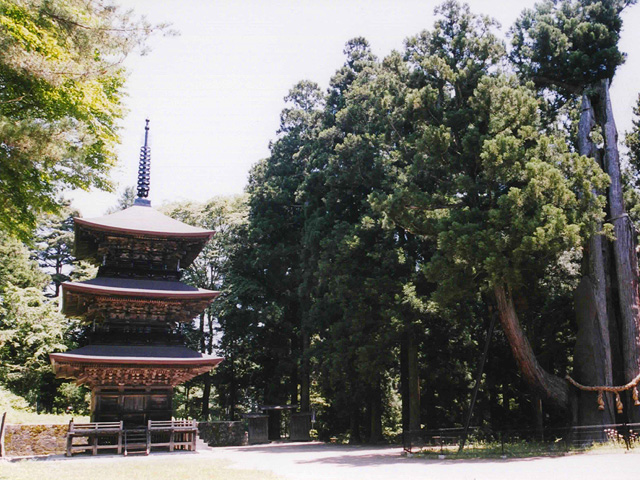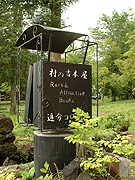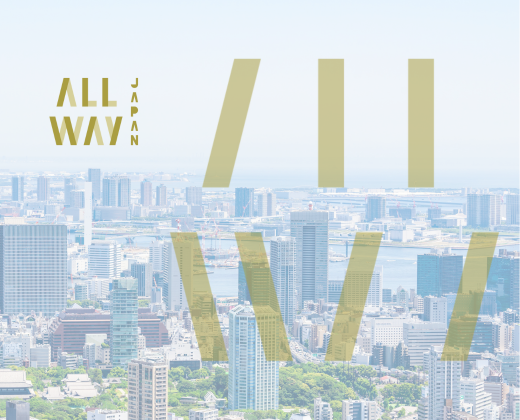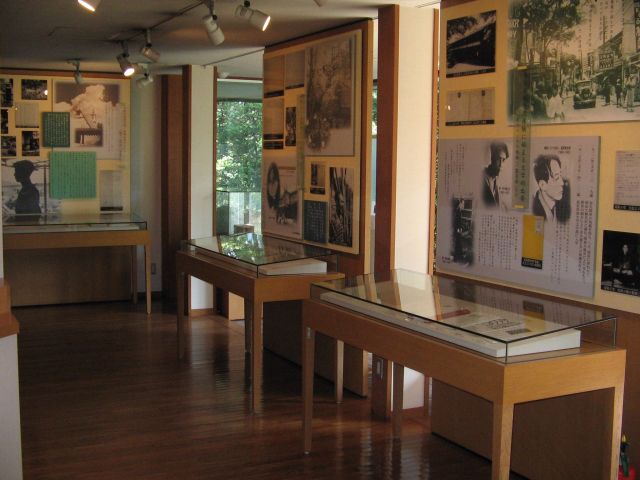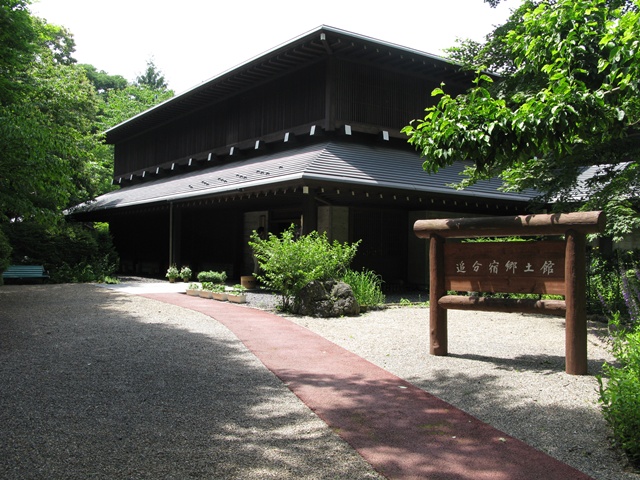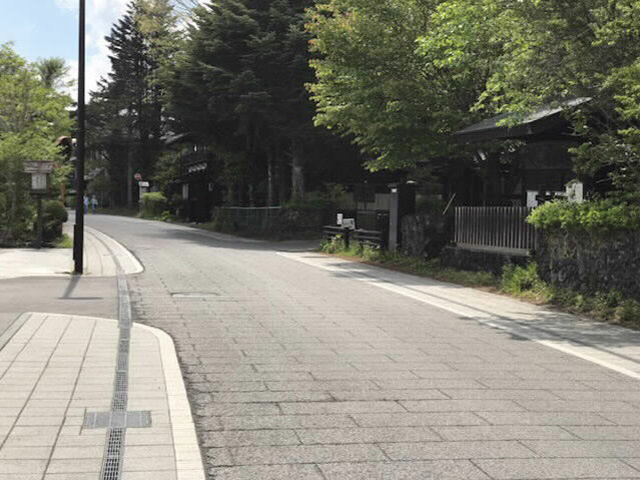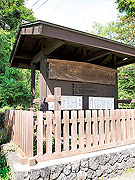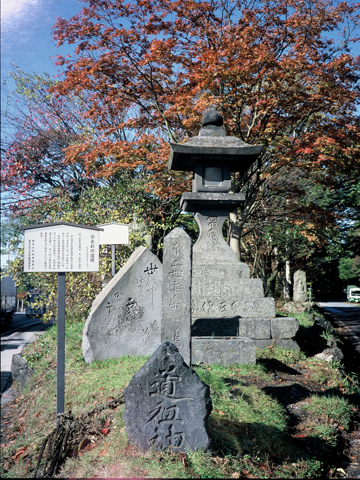Snow Window Park
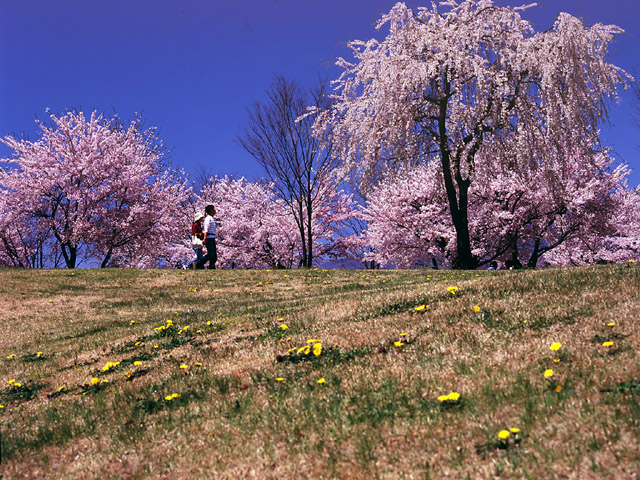
The park, which boasts a site area of 60,000 sq m, was built on a scenic spot with a view of Mount Asama. There's a well-equipped baseball field, a multi-purpose ground, and a fun-to-play Chibiko square, where the holidays are packed with families and young people sweating from sports. Toilets and parking are also maintained. On the wide lawn part, numerous cherry trees are planted.

